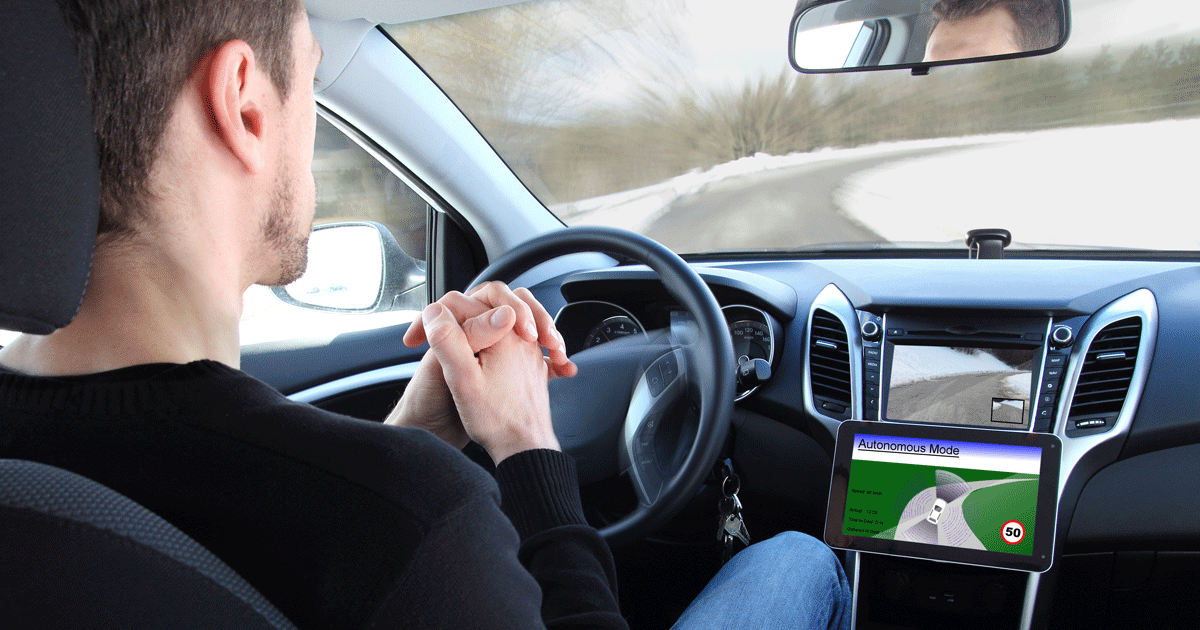Its clear that autonomous vehicles are coming. Its a question of when, not if. And that means radical change in the industry that drives Michigan’s economy; in how we live our lives; and how our communities are structured.
For an insightful and fascinating take on how this will all play out check out The Third Transportation Revolution written by Lyft’s co-founder John Zimmer. The headline prediction: “By 2025, private car ownership will all-but end in major U.S. cities.”
Lots of has been written about the economic impact on self driving cars on those who drive vehicles for a living. The New York Times magazine article we wrote about last week includes this:
Uber’s arrival suggests those disparities are likely to intensify. The company says it plans to create a total of 1,000 high-paying jobs at a Pittsburgh research center, presumably with the goal of eliminating the region’s 1,360 taxi-driving jobs. That may be a good deal, in the end, for the regional economy: Workers earning higher wages are also consumers who spend more money. But the trade-off would be little comfort to drivers, who are unlikely to move from that job to programming robots. And cabbies aren’t the only ones with cause for alarm. Self-driving vehicles presumably will also begin to replace the region’s 19,490 truck drivers and 9,390 bus drivers.
Nationally something like three million people earn a living driving a vehicle.
Zimmer estimates that only four percent of cars are in use at any given time. 96 percent are parked someplace. So if he is right and autonomous vehicles becoming the default way those who live in cities and suburbs get around that means we will be building far less cars in the future. So its not just those who drive a vehicle for a living who are likely to see big job losses but also those who build vehicles and make the parts that go into cars that may very well see big reductions in employment
Zimmer also predicts that autonomous vehicles will fundamentally change the communities we live in. He writes:
As a result, cities’ physical environment will change more than we’ve ever experienced in our lifetimes. … Even if you don’t care about cars — even if you never step into a Lyft or an autonomous vehicle — these changes are going to transform your life. Because transportation doesn’t just impact how we get from place to place. It shapes what those places look like, and the lives of the people who live there.
The end of private car ownership means we’ll have far fewer cars sitting parked and empty. And that means we’ll have the chance to redesign our entire urban fabric. Cities of the future must be built around people, not vehicles. They should be defined by communities and connections, not pavement and parking spots. They need common spaces where culture can thrive — and where new ideas can be shared in the very places where cars previously stood parked and empty.
To get an idea of what cities might look like in the future watch this video prepared by Drive Sweden. Fundamental change indeed!
And now there is the possibility that 3D printed cars will also revolutionize Michigan’s prime economic engine. See this Forbes article entitled The 3D Printed Car That Could Transform The Auto Industry: On Sale In 2016. Jay Leno drove a 3D printed car on his Jay Leno’s garage show. No one knows if this is the way mass numbers of vehicles will be built in the future or just be a small niche. But the fact that drivable vehicles can be 3D printed means that it now possible to build vehicles without manufacturing workers.
It should go without saying that this is further evidence that technology is continuously driving fundamental change. And that those––both people and communities––who do best will be those that adjust, rather than resist, new realities.







